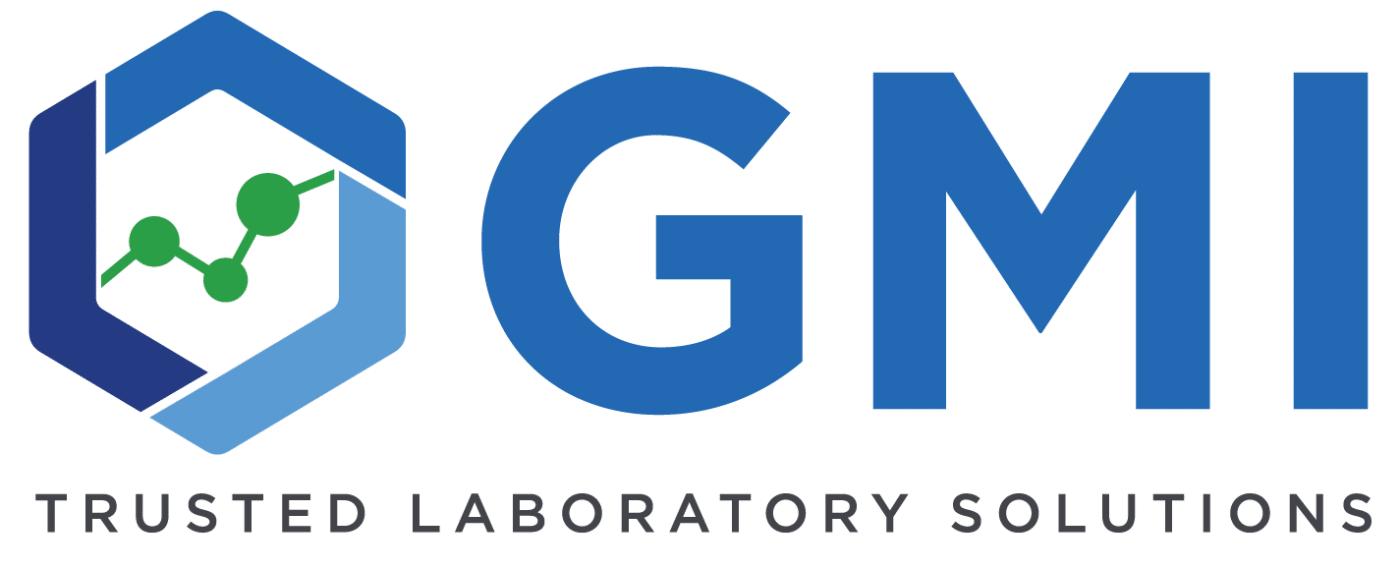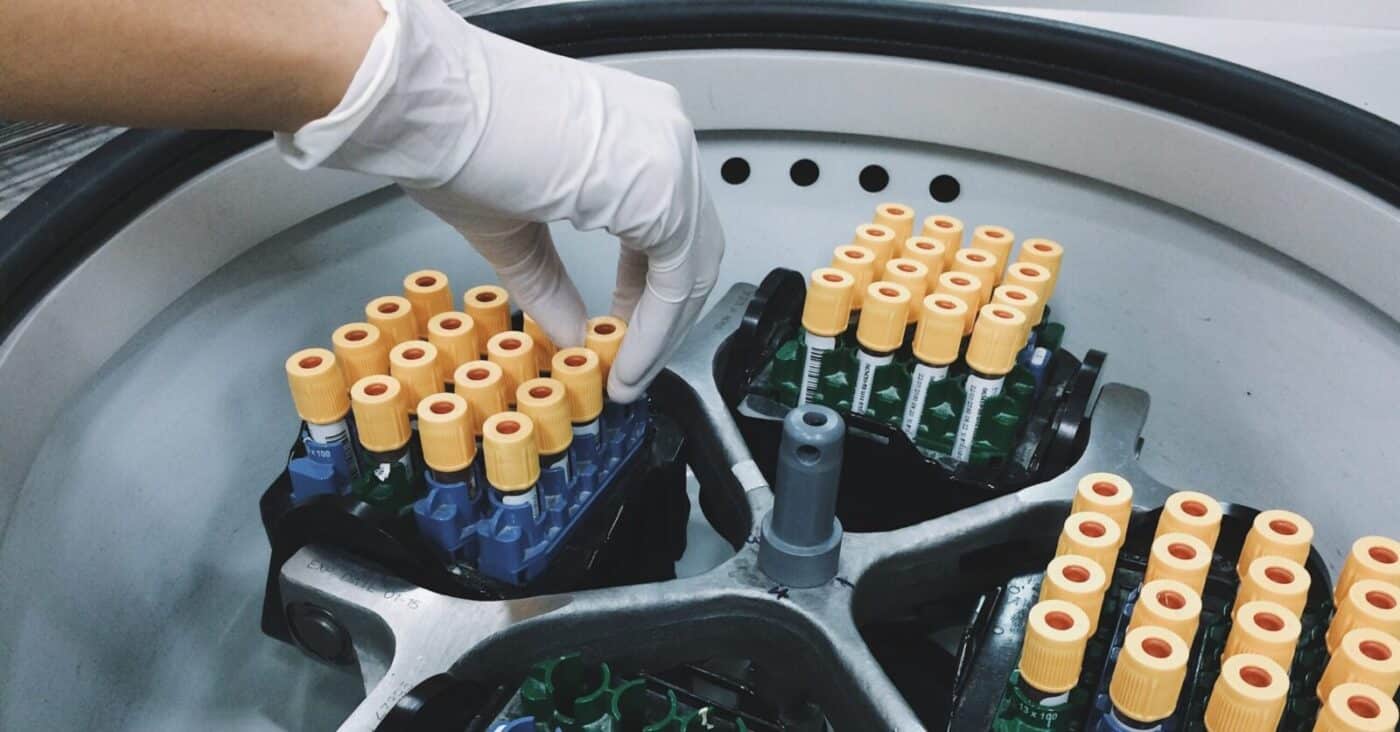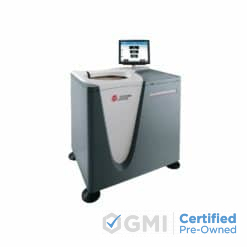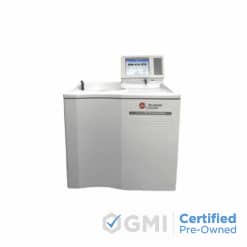No products in the cart.
Centrifuges
The Future of Ultra Centrifugation: Predictions and Trends
Introduction
Ultra Centrifugation, the process of separating particles in a solution by applying centrifugal force, has been a cornerstone technique in various fields, from molecular biology to pharmaceuticals. As technology advances, the landscape of ultracentrifugation is poised for significant transformation driven by emerging trends and breakthroughs. In this blog post, we’ll delve into the future of ultracentrifugation, exploring predictions and trends that will shape its evolution in the coming years.
re-certified ultracentrifugesEnhanced Efficiency through Automation
One of the key trends in the future of ultracentrifugation is the integration of automation technologies. Automation streamlines processes reduces human error and enhances efficiency. Expect advancements in robotic sample handling, automated data analysis, and real-time monitoring systems, empowering researchers to conduct unprecedented precision and throughput experiments.
Miniaturization and Portability
With the growing demand for point-of-care diagnostics and decentralized laboratory setups, the future of ultracentrifugation will witness a shift towards miniaturization and portability. Miniaturized centrifugation devices will enable rapid and on-site sample processing, revolutionizing fields such as healthcare, environmental monitoring, and food safety. These portable devices will empower researchers and clinicians to perform centrifugation-based assays outside traditional laboratory settings, facilitating faster decision-making and improved accessibility to diagnostic tools.
Integration with Multi-Omics Approaches
As omics technologies continue to advance, there is a growing need for integrated approaches that combine data from genomics, transcriptomics, proteomics, and metabolomics. Ultra centrifugation will play a pivotal role in sample preparation for multi-omics studies, enabling the isolation and enrichment of specific biomolecules with high purity and yield. The future will see the development of centrifugation protocols tailored for multi-omics applications, facilitating comprehensive insights into complex biological systems and disease mechanisms.
Adoption of Advanced Materials and Designs
Material science and engineering advancements will drive innovation in centrifuge design and construction. Expect the adoption of advanced materials such as carbon fiber composites and nanomaterials, offering superior strength-to-weight ratios and corrosion resistance. Furthermore, novel rotor geometries and fluid dynamics simulations will optimize centrifuge performance, enabling higher speeds, greater sample capacity, and enhanced separation efficiency.
Integration with Artificial Intelligence (AI) and Machine Learning (ML)
Converting ultracentrifugation with AI and ML algorithms will revolutionize data analysis and experimental design. AI-powered software platforms will automate parameter optimization, predict optimal centrifugation conditions, and extract valuable insights from complex datasets. By leveraging AI and ML, researchers will accelerate the pace of discovery, uncovering hidden patterns and correlations in centrifugation experiments that may have been overlooked using traditional analytical methods.
shop brand new optionsConclusion
The future of ultracentrifugation is poised for exciting developments, driven by advancements in automation, miniaturization, multi-omics integration, materials science, and AI/ML. These trends will enhance the efficiency and effectiveness of centrifugation techniques and unlock new opportunities for research and innovation across various scientific disciplines. As we embark on this journey towards the next generation of ultracentrifugation, a collaboration between researchers, engineers, and industry stakeholders will be essential in realizing the full potential of this transformative technology.
contact us





